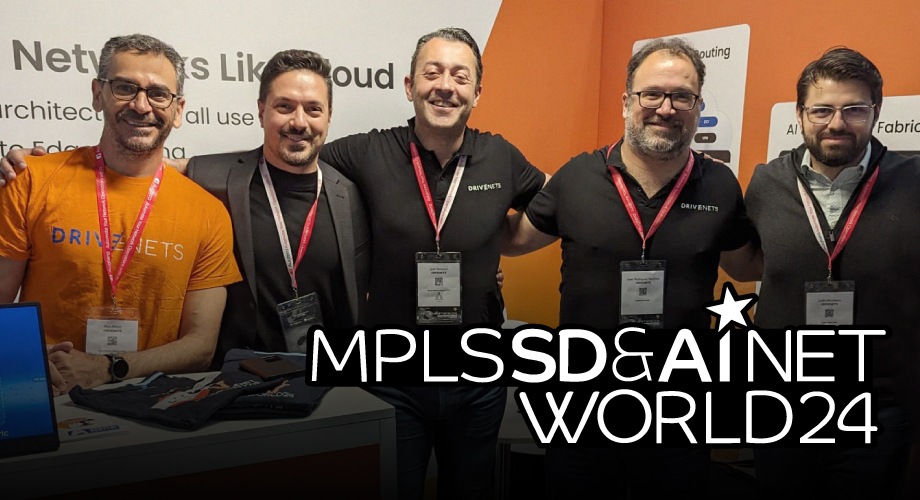
Industry Outlook
Reading Time: 3 minutes
2024 marked the 25th edition of the MPLS world congress. Surprisingly, MPLS topics were still discussed last week at the...
Read more
Industry Outlook
Reading Time: 3 minutes
2024 marked the 25th edition of the MPLS world congress. Surprisingly, MPLS topics were still discussed last week at the...
Read more
AI Networking
Reading Time: 6 minutes
Breaking a world record is easy. Just start as fast as you can and gradually increase your speed until you...
Read more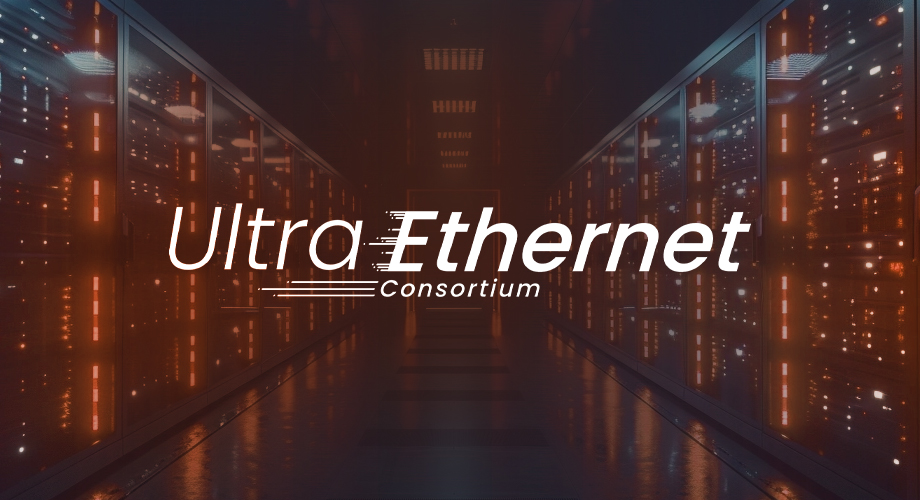
AI Networking
Reading Time: 5 minutes
The Ultra Ethernet Consortium (UEC), part of the Linux Foundation’s Joint Development Foundation, was formed in July 2023 by a...
Read more
AI Networking
Reading Time: 6 minutes
Just wrapped up an incredible experience at the Nvidia GTC conference! This year’s event brought together some of the brightest...
Read more
AI Networking
Reading Time: 3 minutes
DDC was defined by AT&T within the OCP, implemented using DNOS to be deployed into CSP networks, and has evolved...
Read moreSign up to get the latest news and insights.

AI Networking
Reading Time: 4 minutes
AI is dominating the discussions in the cloud infrastructure markets, and it’s for a good reason. AI may be the...
Read more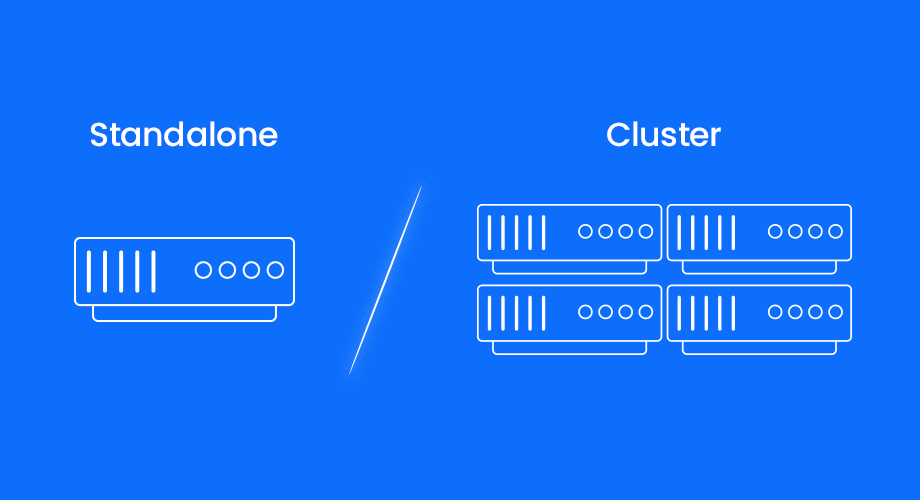
Disaggregation
Reading Time: 3 minutes
When it comes to redesigning networking infrastructure, disaggregation is, practically, a given. Separating networking hardware from its software breaks vendor lock-in,...
Read more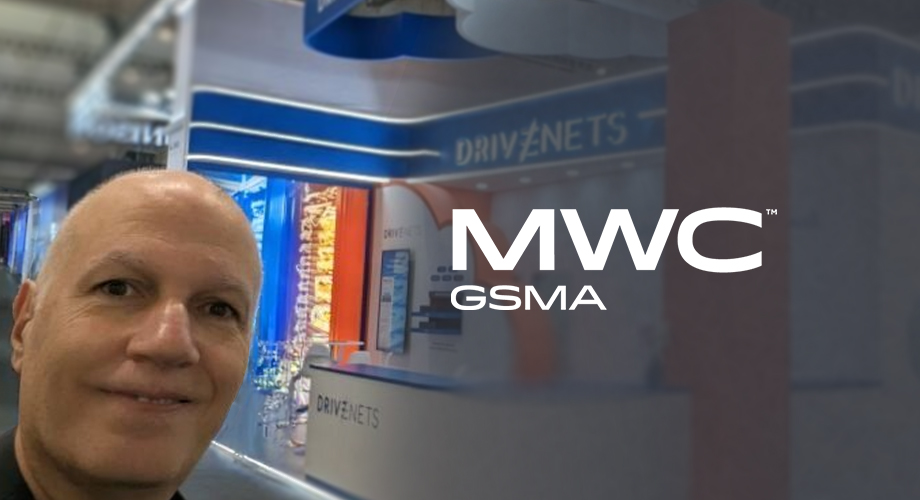
Industry Outlook
Reading Time: 3 minutes
Another year, another MWC. MWC is still a must-attend event for anyone in the telecom/service provider world who wishes to stay...
Read more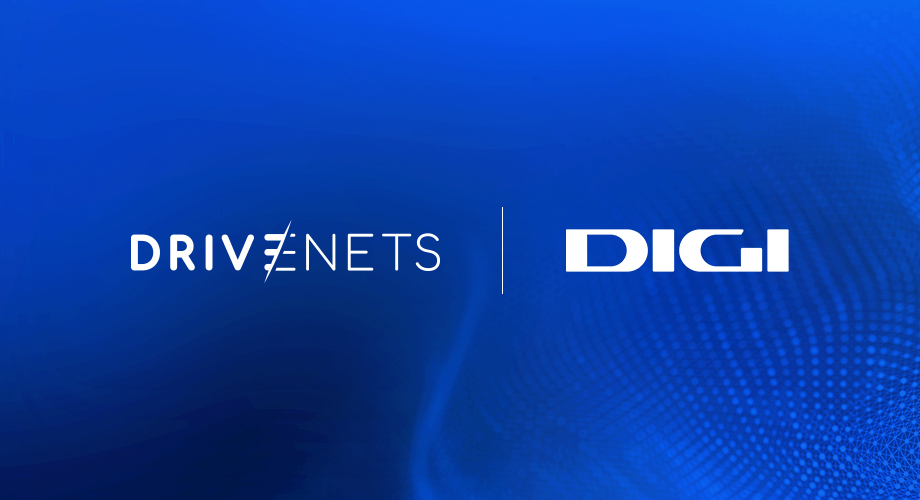
Network Edge
Reading Time: 4 minutes
Already carrying significant customer traffic for a commercial network in Romania, DriveNets recently announced that its Network Cloud solution has...
Read more
Service Provider
Reading Time: 3 minutes
You may have noticed that the technology hype has recently flowed into areas such as cloud services and AI. Once...
Read more
Cable
Reading Time: 5 minutes
Despite (or thanks to) COVID-19, 2020 was the best year for US cable operators since 2006, adding 4.82 million broadband...
Read more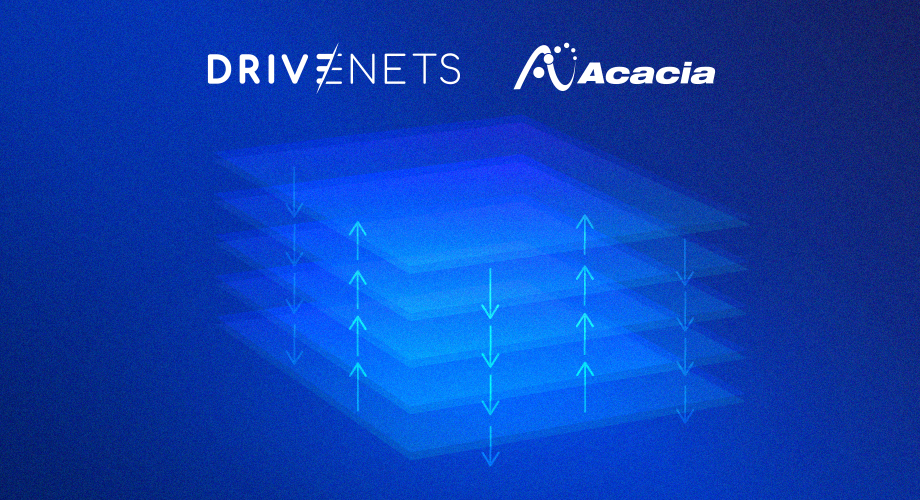
Disaggregation
Reading Time: 2 minutes
Ever since the introduction of the OSI 7-layer model, it’s been common practice to handle each layer separately. After all,...
Read more
Cloud Network
Reading Time: 5 minutes
Hands-on experience is an endless journey. While it may draw mixed reactions, its benefits for both system improvement and career...
Read more
Network Edge
Reading Time: 3 minutes
The emergence of generative AI, the shift towards enabling direct breakout to cloud services, the proliferation of IoT and other...
Read more
Industry Outlook
Reading Time: 3 minutes
2023 was an interesting year. Now, it’s that time of year again when we look at what experts from the...
Read more
Industry Outlook
Reading Time: 4 minutes
The end of each year is an important time to reflect on accomplishments, as well as challenges. The last 12 months...
Read more
Network Edge
Reading Time: 5 minutes
Every time I hear Bruce Springsteen’s song Darkness on the Edge of Town, I think that a small twist in the...
Read more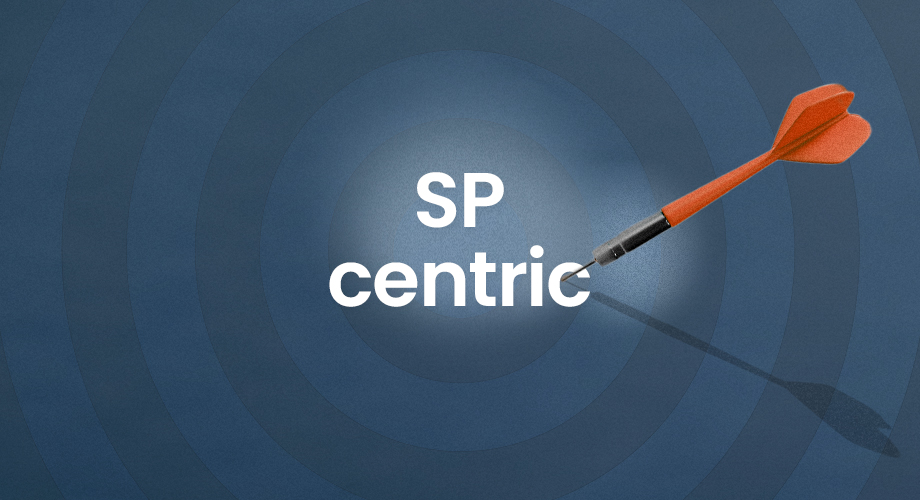
Disaggregation
Reading Time: 3 minutes
In the telecom service provider (SP) realm, the selection of vendors for network routing elements has traditionally been a domain...
Read more
Disaggregation
Reading Time: 4 minutes
In the realm of nature, the mesmerizing dance of a bird flock serves as a fascinating example of a complex...
Read more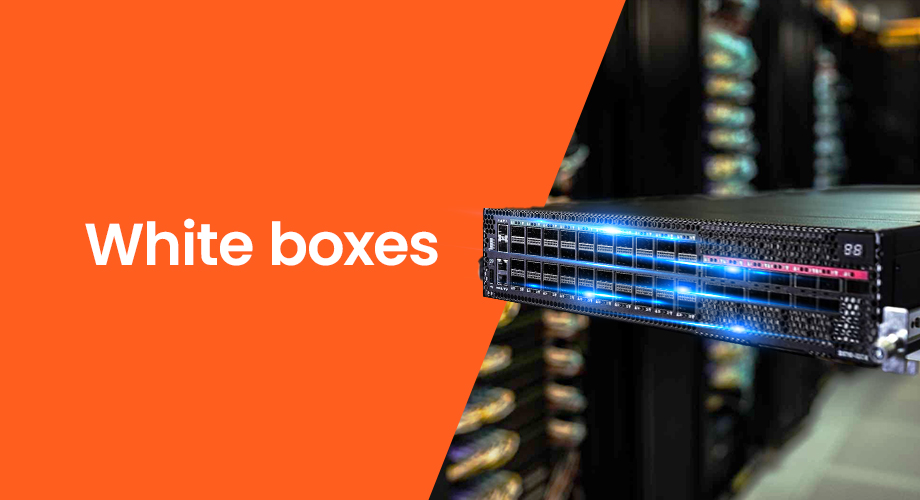
Disaggregation
Reading Time: 5 minutes
Over the past 25 years, service providers (SPs) have been trying to fine-tune their network architecture strategy to rebalance the...
Read more
Procurement
Reading Time: 3 minutes
I spent last week in Halifax, Nova Scotia. Other than enjoying this lovely city and experiencing its cold, cold weather,...
Read more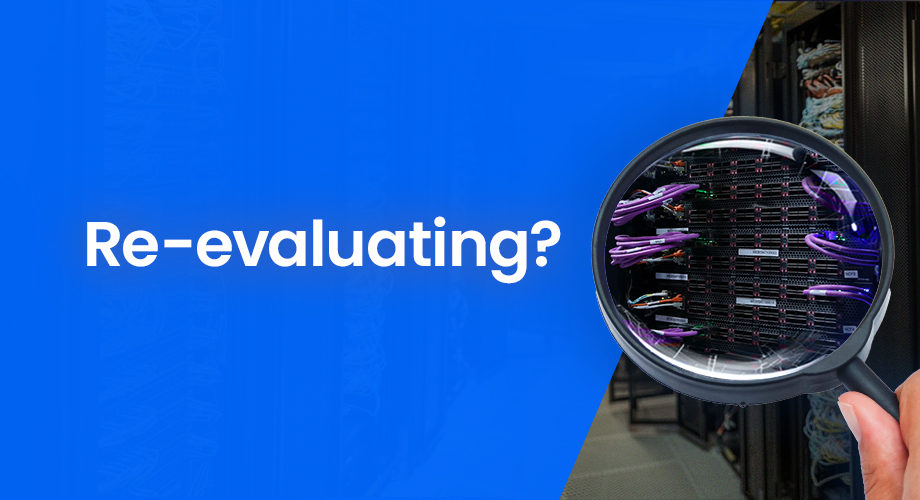
Service Provider
Reading Time: 4 minutes
In an era where digital transformation is not just a buzzword but a vital pivot, service providers (SPs) are reevaluating...
Read more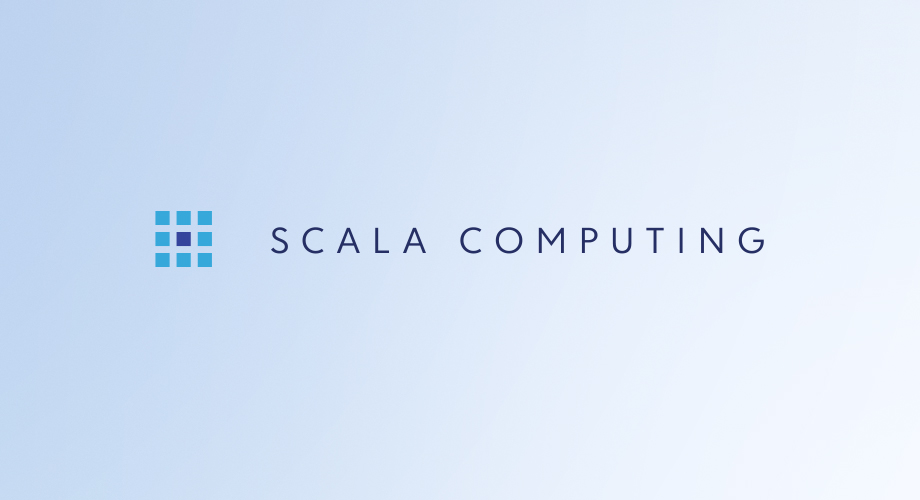
AI Networking
Reading Time: 5 minutes
Recently we completed independent lab testing of different architectures used as a back-end networking fabric for AI clusters. Conducted by...
Read more
Cable
Reading Time: 4 minutes
Last month, SCTE Cable-Tec Expo 2023 celebrated its 40th anniversary of cable industry innovation. According to the SCTE Technical Journal,...
Read more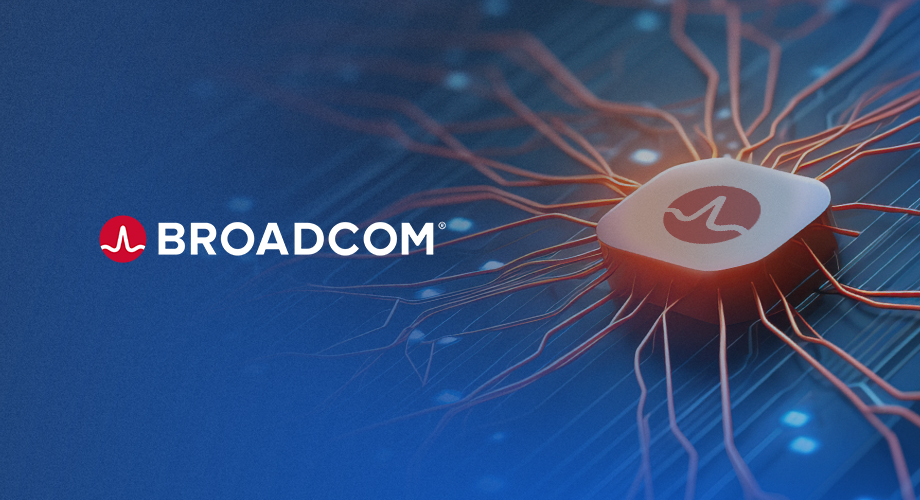
AI Networking
Reading Time: 4 minutes
We have all witnessed the significant growth of the AI market since the end of 2022. Hyperscale companies like Microsoft,...
Read more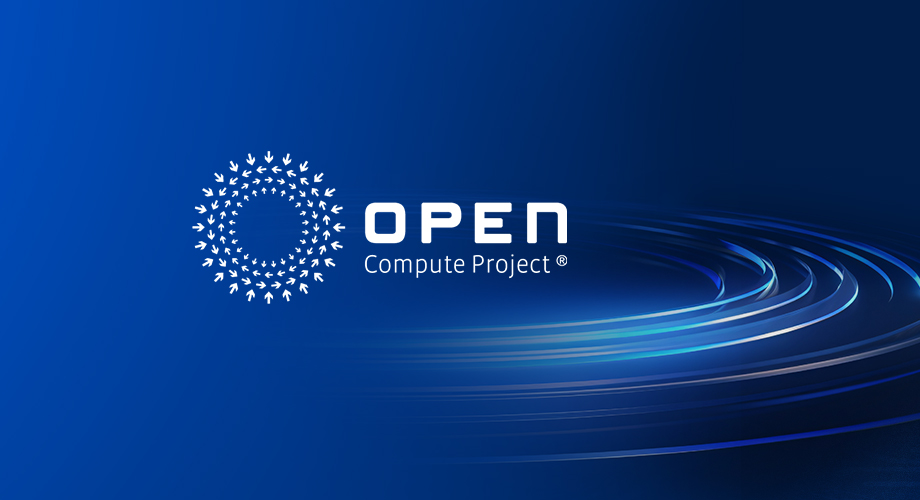
AI Networking
Reading Time: 3 minutes
DriveNets has an ongoing commitment to maintaining Distributed Disaggregated Chassis (DDC) as the most innovative and promising networking technology. ...
Read more
Cable
Reading Time: 3 minutes
We didn’t know it yet, but I remember the post I saw on Twitter that brought me back to a...
Read more
Cable
Reading Time: 5 minutes
Disaggregation is delivering an array of operational advantages to the large CSP Aliraza Bhimani, a principal network engineer at Comcast Cable,...
Read more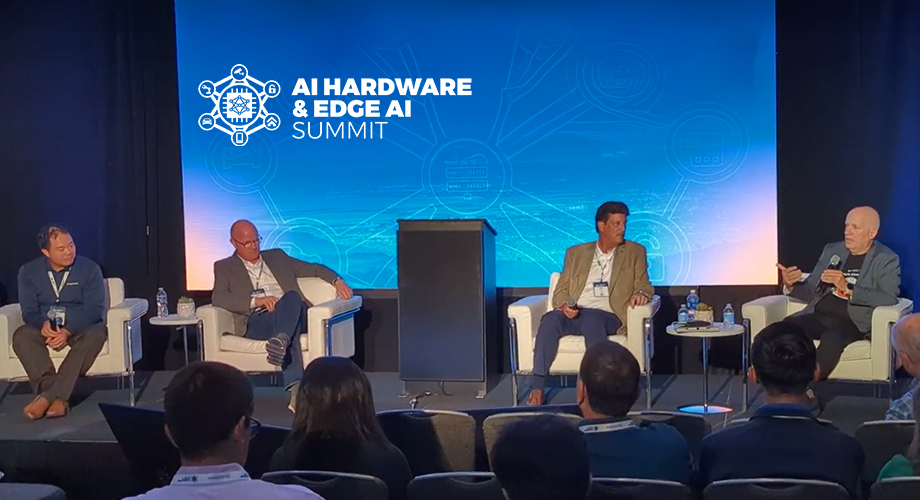
AI Networking
Reading Time: 3 minutes
More than a week ago I returned from the “AI Hardware & Edge AI Summit” event in Santa Clara. You...
Read more
AI Networking
Reading Time: 3 minutes
Last week, I attended the “AI Hardware & Edge AI Summit” in Santa Clara. I was honored to participate in...
Read more